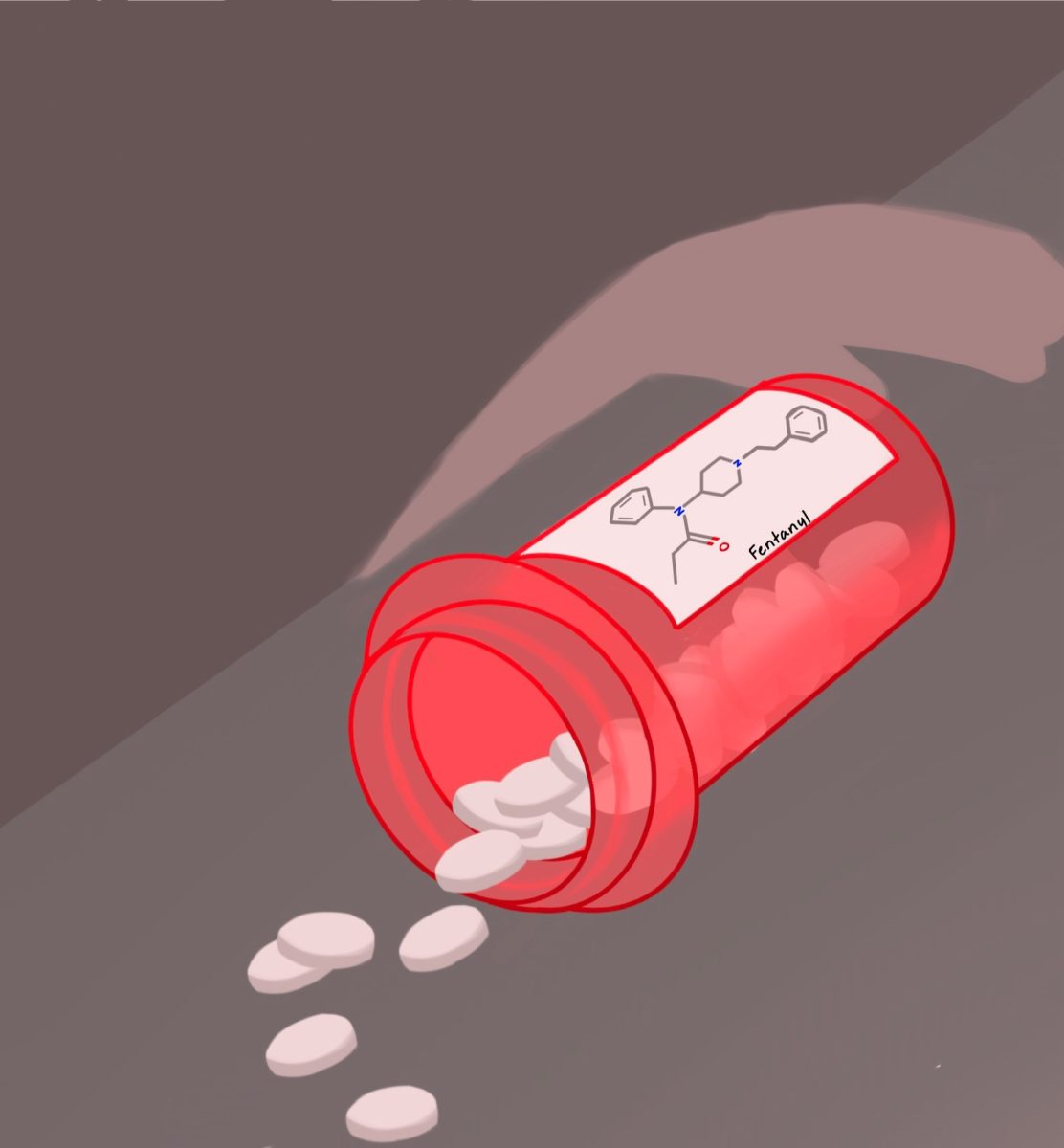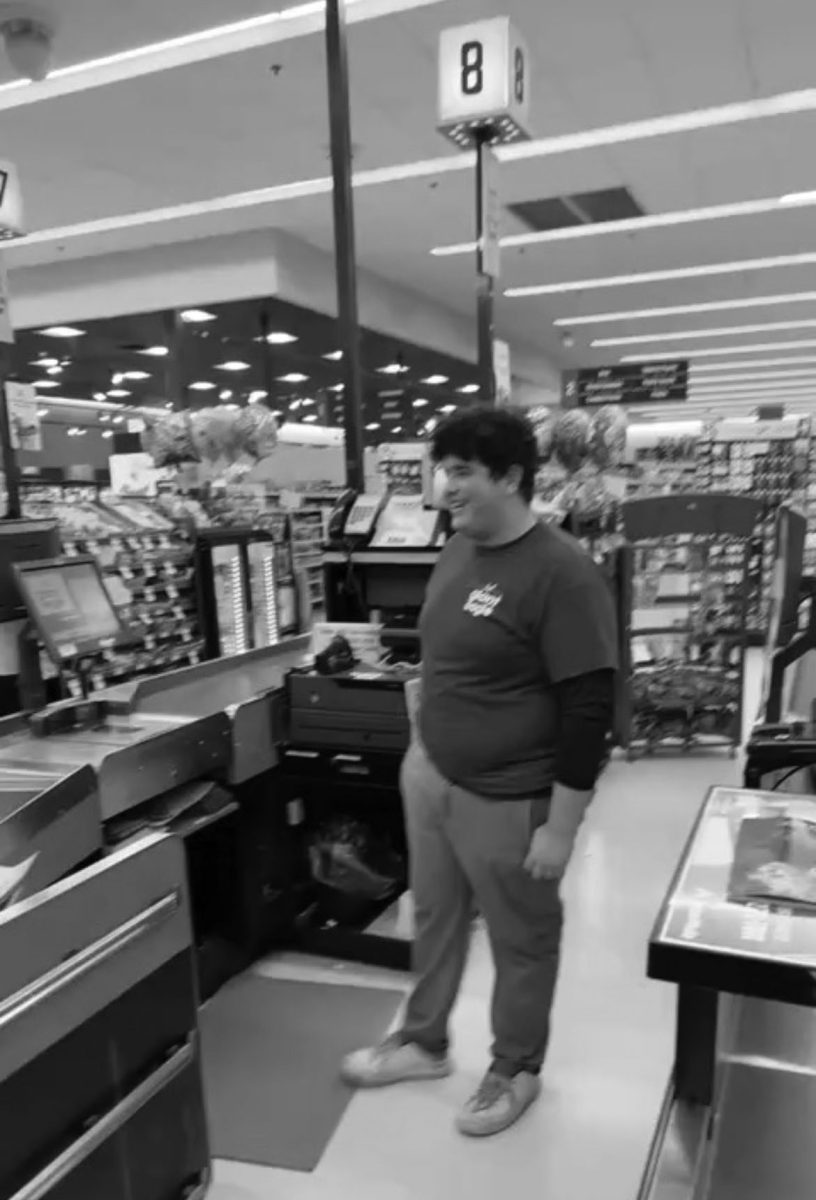
By Max Bleich, Staff Writer
According to the Partnership for 21st Century Skills, learning today is different than it was even twenty years ago. The organization’s web site maintains: “Today we live in a technology and media-driven environment, marked by access to an abundance of information, rapid changes in technology tools and the ability to collaborate and make individual contributions on an unprecedented scale.” To get most tasks done, students are required use technology. According to the organization’s mission statement, “effective citizens and workers must be able to exhibit a range of functional and critical thinking skills.”
How well does the Beachwood School District tend to these needs?
To begin with, Beachwood spends a lot of money on technology. The budget for this fiscal year is $824,253. This number is approximately in line with what Beachwood has spent over the last several years. It is, however, much higher than Orange City Schools’ technology budget– $241, 975 for this fiscal year. According to Orange administrators, most computers are available primarily for teachers, not student access.
The Shaker Heights City Schools has spent $612,759 so far this year on technology. Last year, they spent $1,817,085 on technology.
According to Shaker’s Technology Director Gus Stager, teachers, not students, have primary access to technology. Teachers have access to computers in their classrooms and students have access to computer labs during study halls and free periods.
Beachwood has a smaller student population than either Shaker Heights or Orange, so our technology spending is much higher when broken down per pupil. Beachwood’s student population is 1,545, while Shaker Heights’ population is 5,600. Orange city schools weighs in at 2,368.
Beachwood does much more to provide students with access to technology, beginning with the middle school’s one-to-one laptop program. This program has students carry a laptop around the school for all of their classes, and take them home in order to work on homework and other class projects. This program helps teachers to be more creative. Technology staff member Joel Freimark believes the program to be, “one of the core initiatives of the school board for the last decade.”
BMS Principal Linda LaGalbo said the one-to-one program “benefits students long term because it focuses on the core 21st century skills of collaboration, communication, creativity and problem solving.”
The one-to-one program began in 2003 when the middle school redesign was completed. Since then, it has grown to include sixth grade students as well as those in seventh and eighth grade.
In the High School, there is no one-to-one program. However, like the Middle School, teachers are appointed either notebook or desktop computers for use in the classroom, and frequently have access to laptop carts for student use.
Many high school teachers use technology for presentations, to show educational online videos, and to develop new ways for students to demonstrate their learning.
One example is a project that world history teacher Karissa Piper assigns to her freshman class. The project requires students to recreate the song “We Didn’t Start The Fire” by Billy Joel using historical references to replace the verses. Students use technology to conduct research and present their findings.
English teacher Peter Harvan makes great use of Microsoft Power Point to help students generate better notes to aid the study process. Harvan’s PowerPoints are widely regarded for their thoroughness.
Harvan explained, “the Power Points are a tool, they don’t teach. They do however, provide a little more interest because of the way the information is presented.” Some of his Power Points, however, have unique features and hopefully, “allow for some interaction.”
About a month ago, the high school refreshed the desktop computers in the computer lab. The four-year-old iMacs were replaced with newer, faster models- which are running the latest version of Apple’s Operating System: Mac OS X 10.6 Snow Leopard.
According to Joel Freimark, computers in the district make rounds from building to building. “Machines in this district that began their life in the one-to-one program at the middle school continued in the laptop carts of the high school, and are now used at Hilltop.” Because of this, the technology department is trying to refresh machines every three to four years.
The district technology budget is generated by information given to District Treasurer Michelle Mills from the tech staff, the principals and the teachers. A plan is then created, localizing needs and wants of students and staff to help meet everyone’s tech needs.
Mills believes that in order for students to be 21st century learners, they are required to have “good teachers, as they make the biggest difference for kids.” That’s not to say that we don’t need more than that- like assistive technologies that help expand the abilities of a teacher, which include laptops, calculators, Smart Boards, cameras, and perhaps in the future, iPads and iPods.
BHS Librarian Jennifer Flaherty explained that for a student to be a “21st century learner” he or she requires the “ability to manage time and access and evaluate reliable information.” She also believes that students should be able to “communicate with teachers and peers effectively through technology.”
Flaherty believes that Beachwood does meet this goal. However, in order for students to learn properly, she believes that technology can be used without any sort of boundary, as long as it’s helpful and assists the teacher in conveying information. “Students need to learn to be good digital citizens,” she said.
In Beachwood, students are definitely provided with more than sufficient exposure to technology and all of its benefits. However, we still need the guidance of our teachers to aid us in our exploration of the world beyond Beachwood.








